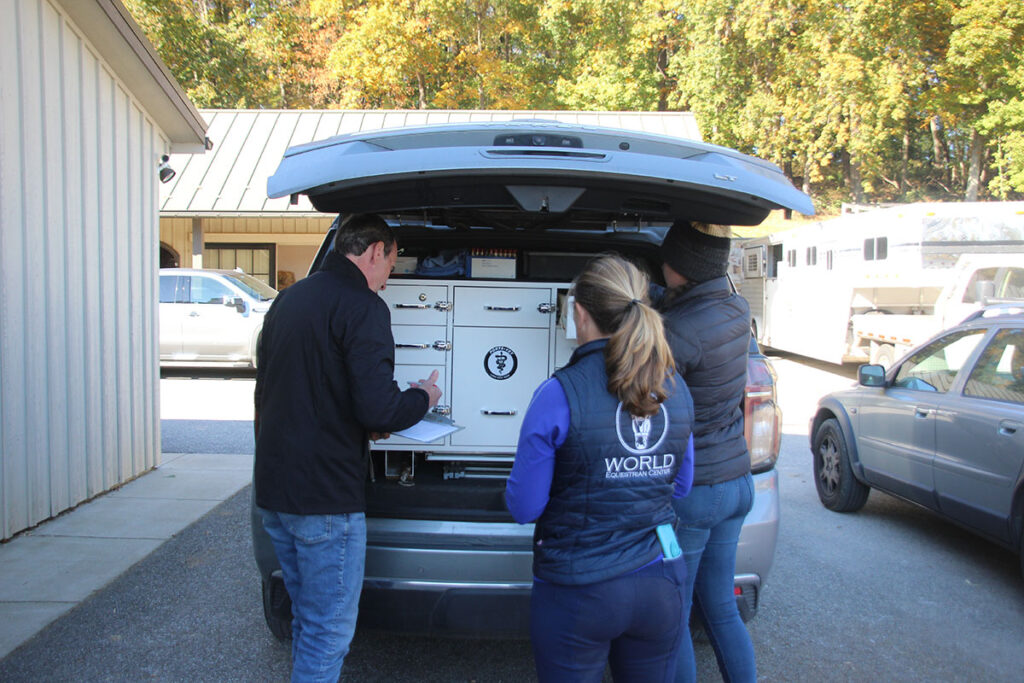
Keeping the School Horse Sound and Healthy
Learn about the challenges and unique needs of school horses and how to keep them sound for the long haul. Read more in The Horse‘s Older Horse 2025 issue.

Learn about the challenges and unique needs of school horses and how to keep them sound for the long haul. Read more in The Horse‘s Older Horse 2025 issue.

Weigh the risks and benefits of various types of boots and wraps before strapping them to your horse’s legs.

Veterinarians can guide horse owners in choosing supplements by assessing diet first, identifying the horse’s needs, and then recommending evidence-based ingredients.

Recent research offers fresh insights on post-ovulation breeding timing, risks of broodmare obesity, and twin reduction outcomes.

Giving horses sufficient time to recover from athletic events could help them avoid acute injury and long-term health problems. Read more in The Horse‘s Older Horse 2025 issue.

Use SMART supplementation strategies and the ACCLAIM system to find a quality product.

West Nile virus, now endemic on most continents, causes deadly neurological disease in horses, with vaccination remaining the only effective prevention.

Scientists are studying the safety, efficacy, mechanisms of action, and pharmacokinetics of equine nutritional supplements.

Get tips on how to manage equine leg lacerations that require bandaging.

Follow these steps to safely and successfully add a new horse to an existing herd.

Experts share best practices for feeding and managing aging metabolic horses in The Horse‘s Older Horse 2025 issue.

Your horse needs essential nutrients from the diet to stay healthy. An equine nutritionist explains how to meet those needs through proper feeding.

Horses need a variety of minerals in their diet to support basic system function and overall health. Find out how to be sure your horse is getting them.

Learn about this common hoof condition from farriers and horse owners who have managed it.

As temperatures rise, tick activity increases—putting horses at risk. Learn how to identify tick-borne threats and implement effective prevention strategies.

Do we underestimate the impact of ill-fitting tack on our horses? Learn how to recognize and address saddle fit problems.
Stay on top of the most recent Horse Health news with
"*" indicates required fields